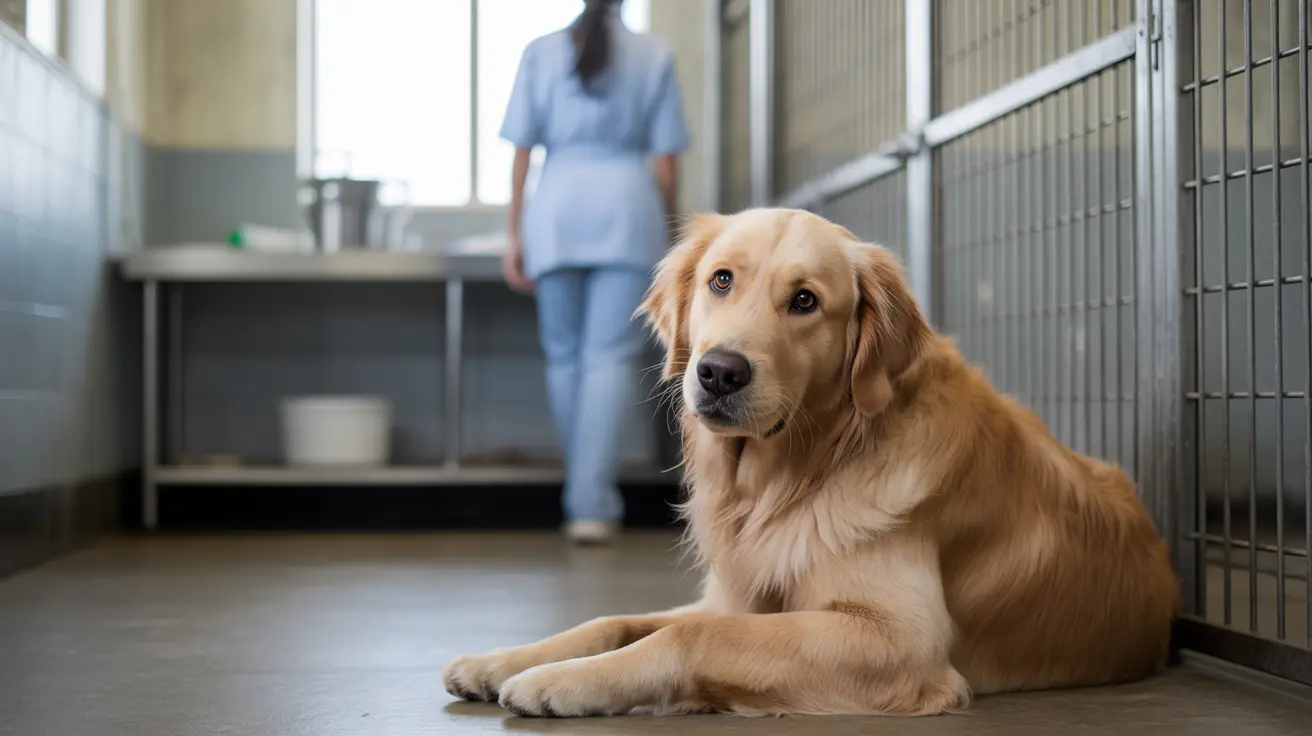A tracheal tear in dogs is a serious and potentially life-threatening condition that requires immediate veterinary attention. This comprehensive guide will help you understand the causes, symptoms, and treatment options for this critical respiratory emergency, ensuring you're prepared to recognize and respond appropriately if your dog experiences this condition.
What is a Tracheal Tear?
A tracheal tear occurs when there's damage or perforation to your dog's windpipe (trachea), disrupting the normal airway passage. This injury can range from small tears to complete ruptures, each requiring different levels of medical intervention. Understanding this condition is crucial for every dog owner, as quick recognition and response can make the difference in successful treatment outcomes.
Common Causes and Risk Factors
Several factors can lead to tracheal tears in dogs, with trauma being the most common cause. External injuries, such as car accidents or bite wounds, can directly damage the trachea. Medical procedures, particularly intubation during surgery, can also result in tracheal injuries, especially in smaller breeds or dogs with pre-existing respiratory conditions.
Risk factors include:
- Brachycephalic (flat-faced) breed anatomy
- Small or toy breed status
- Previous tracheal conditions
- Chronic respiratory diseases
Recognizing the Signs
Early detection of a tracheal tear is crucial for successful treatment. Watch for these key symptoms:
- Sudden onset of severe coughing
- Difficulty breathing or rapid breathing
- Unusual swelling around the neck
- Blue-tinted gums (indicating oxygen deficiency)
- Crackling sound when touching the neck area
- Lethargy or collapse in severe cases
Diagnosis and Veterinary Assessment
Veterinarians use various diagnostic tools to confirm a tracheal tear, including:
- Physical examination
- X-rays to identify air leakage
- Tracheoscopy for direct visualization
- CT scans in complex cases
Treatment Approaches
Treatment for tracheal tears varies based on the severity and location of the injury. Options include:
Conservative Management
- Oxygen therapy
- Strict rest
- Anti-inflammatory medications
- Antibiotics to prevent infection
Surgical Intervention
Surgery becomes necessary when:
- The tear is large
- Conservative treatment isn't effective
- There are complications like severe air leakage
- The dog's condition is deteriorating
Recovery and Long-term Care
Recovery from a tracheal tear requires careful management and monitoring. Most dogs need:
- Regular veterinary check-ups
- Activity restrictions during healing
- Use of a harness instead of a collar
- Modified exercise routines
- Careful monitoring for recurring symptoms
Prevention Strategies
While not all tracheal tears are preventable, you can reduce risks by:
- Using a harness instead of a collar
- Maintaining healthy weight
- Regular veterinary check-ups
- Being cautious during high-risk activities
Frequently Asked Questions
What are the common causes and risk factors for tracheal tears in dogs?
Tracheal tears commonly result from trauma (such as car accidents or bite wounds), medical procedures (especially intubation), and can be more likely in small breeds or dogs with pre-existing respiratory conditions.
How can I recognize the signs and symptoms of a tracheal tear in my dog?
Key signs include sudden severe coughing, difficulty breathing, swelling around the neck, blue-tinted gums, and unusual crackling sounds when touching the neck area. Any of these symptoms warrant immediate veterinary attention.
What diagnostic tests do veterinarians use to confirm a tracheal tear in a dog?
Veterinarians typically use a combination of physical examination, X-rays, tracheoscopy, and sometimes CT scans to diagnose tracheal tears and assess their severity.
What treatment options are available for dogs with tracheal tears, and when is surgery necessary?
Treatment options range from conservative management (rest, oxygen therapy, medications) to surgical repair. Surgery becomes necessary for large tears, when conservative treatment fails, or when complications arise.
How can I help prevent tracheal tears and protect my dog's airway health, especially in small or brachycephalic breeds?
Prevention strategies include using a harness instead of a collar, maintaining healthy weight, regular vet check-ups, and being extra cautious with at-risk breeds during activities that could stress the trachea.






